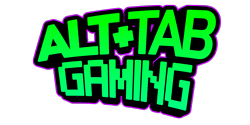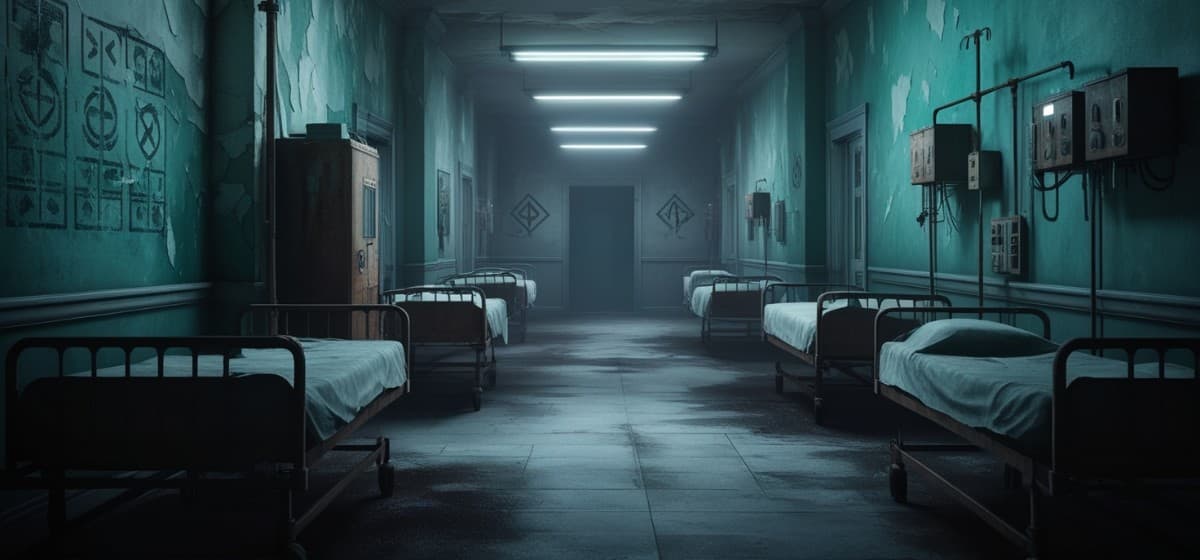If you’ve ever played a horror game, you know the feeling—a knot in your stomach, your heart racing, hands sweating, ready to jump at the next scare. But have you ever noticed that smaller, indie horror games tend to get under your skin a lot more than big-budget AAA titles? I know I have. Let’s talk about why that might be the case.
There’s something raw and unpredictable about indie games that big studios can’t always replicate. With fewer resources, indie developers often rely on atmosphere, tension, and clever mechanics to invoke fear, rather than flashy graphics or bombastic set pieces. And, honestly, the results can be terrifying.
Take Phasmophobia for example. The multiplayer ghost-hunting game uses proximity chat and randomized hauntings to keep you constantly on edge. It’s the unpredictability of the ghosts and the eerily quiet moments before an attack that had me jumping out of my seat more than once.
Then there’s Visage, which channels psychological horror in the spirit of P.T. The game’s slow pacing and unsettling atmosphere make every step down its dark, haunted halls feel like a risk. It’s the subtle changes in the environment and the terrifyingly real sound design that make its jump scares hit that much harder.
Or Darkwood—a top-down survival horror game that completely rewrites what you’d expect from its genre. The game doesn’t rely on conventional jumps but instead uses its claustrophobic environments and disturbing, often surreal, visuals to burrow into your mind. The unease builds until you’re jumping at every noise, every shadow, even though the game itself is rarely throwing sudden scares at you.
Doki Doki Literature Club might look innocent on the surface, but once its horror elements kick in, the psychological terror is relentless. The game plays with your expectations, and the few jumps it has feel even scarier because it makes you feel safe first.
Indie horror games are masters of less-is-more when it comes to scaring players, and that’s what makes them so memorable. But why exactly do they feel scarier than big-budget AAA titles? Here are a few reasons:
1. Creative Freedom Equals More Surprises
Indie developers don’t have to play by the same rules as large game studios. When a big company is making a horror game, they often stick to what they know will sell. They’ll pack in flashy graphics, a predictable storyline, and a lot of jump scares. Don’t get me wrong, these games are fun, but they can feel formulaic—like you’ve seen it all before.
Indie developers, on the other hand, don’t have the same restrictions. They can get weird and experiment with fresh ideas that the bigger companies might not want to risk. Ever played something like “Doki Doki Literature Club”? That game starts off looking like a cute anime dating sim, and then—boom!—it hits you with a dark, disturbing twist. It’s the kind of unexpected experience you can only get from indie horror, where creators are free to surprise and scare you in ways you wouldn’t expect.
2. Low Budgets Force Creativity
Now, you might think having a smaller budget is a disadvantage, but in indie horror, it often works in the developers’ favor. Without the budget for high-end graphics or complex gameplay mechanics, they have to rely on the basics—atmosphere, sound design, and tension. And let me tell you, those elements are often scarier than any super-detailed monster model.
Think about “Slender: The Eight Pages.” It’s such a simple game: you walk around the woods, collecting pages while a faceless man in a suit follows you. There are no fancy cutscenes or expensive motion capture—just the growing sense of dread every time you turn around. The game does a lot with very little, and that’s what makes it terrifying.
3. Immersion Through Simplicity
Indie horror games often focus on creating a more intimate experience. They don’t need massive open worlds or a dozen different mechanics to keep you hooked. Instead, they often limit the player’s options, which makes you feel vulnerable. In a game like “Amnesia: The Dark Descent,” where you can’t fight back, every encounter with a monster feels like a matter of life and death. The helplessness pulls you into the game, making you feel like you’re the one running for your life.
AAA horror games, while impressive in scale, sometimes lose that sense of intimacy. Sure, they might have beautifully rendered monsters and complex action sequences, but you might feel more like you’re watching a horror movie than living in one.
4. Unexpected and Unpolished Feels Real
Here’s a funny thing: sometimes, the rough edges in indie games make them scarier. You’ll often see indie horror titles with graphics that aren’t quite perfect, maybe even a little glitchy. But guess what? That works. When something feels a bit off or unnatural, it can add to the eerie atmosphere. It reminds you that what you’re playing isn’t safe or polished—it’s unknown territory.
A game like “The House Abandon” uses its retro aesthetic to its advantage. The text-based gameplay and old-school visuals create a feeling of nostalgia mixed with fear, making you think twice about what’s lurking in the dark corners of the story.
5. Personal Passion Projects Hit Harder
Many indie horror games come from a deeply personal place. Instead of a large team of developers working under the guidance of corporate strategy, indie horror games are often passion projects, sometimes created by just one or two people. These games tend to feel more personal, raw, and emotional. You can sense that the creators care about what they’re making, and they want you to feel something beyond a cheap scare.
Take “Undertale” for example. While not strictly a horror game, it has moments that are deeply unsettling because they tap into the psychological side of fear. You’re not just running from monsters—you’re confronting moral dilemmas that make you question your own decisions. That emotional engagement makes the horror elements hit even harder.
Final Thoughts: Why Indie Horror Games Stand Out
Indie horror games are scary because they take risks, focus on atmosphere over action, and make you feel vulnerable in ways that AAA titles sometimes don’t. They don’t rely on a big budget or fancy effects to keep you on edge—they use creativity, tension, and surprise. And that’s what makes them unforgettable.
So, next time you’re in the mood for a scare, maybe skip the big blockbuster and try something a little smaller, a little weirder, and a lot scarier. You might just find that indie horror games deliver the most terrifying experiences of all.
Have you played any indie horror games that scared you more than AAA titles? Let me know in the comments below!

